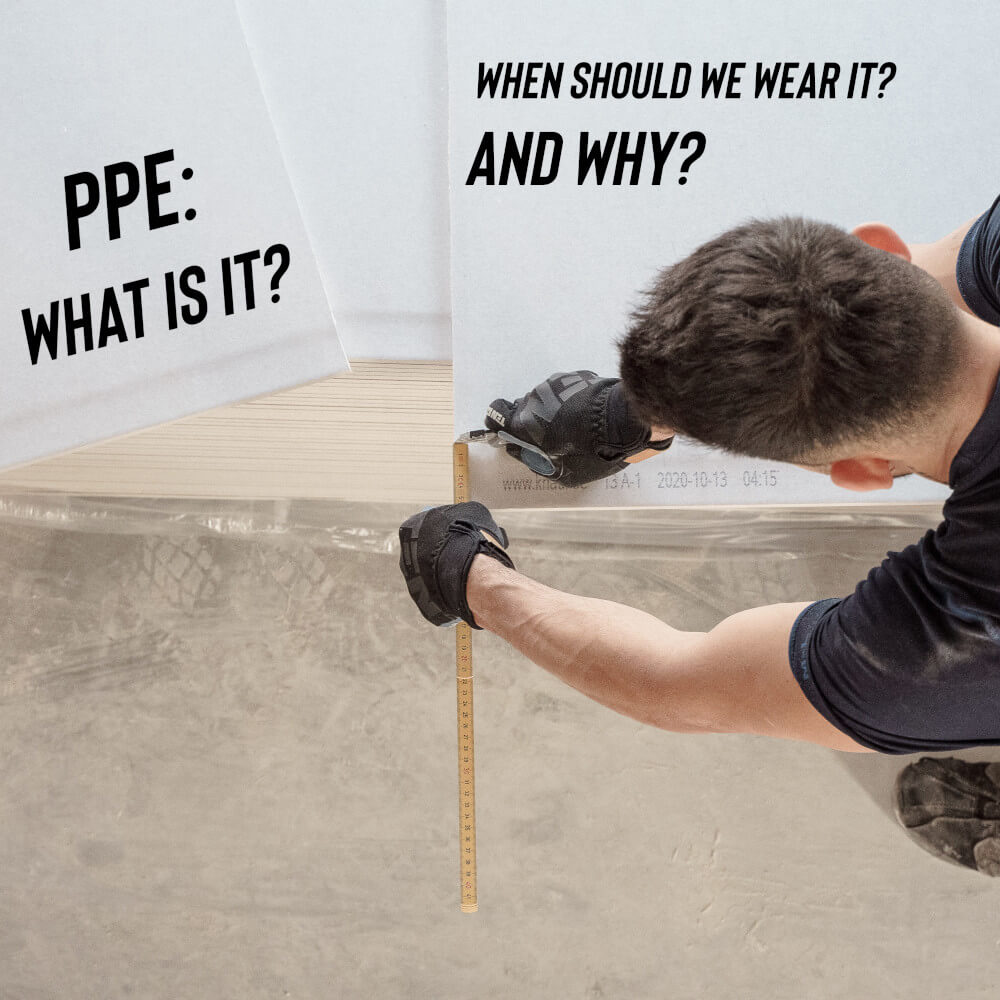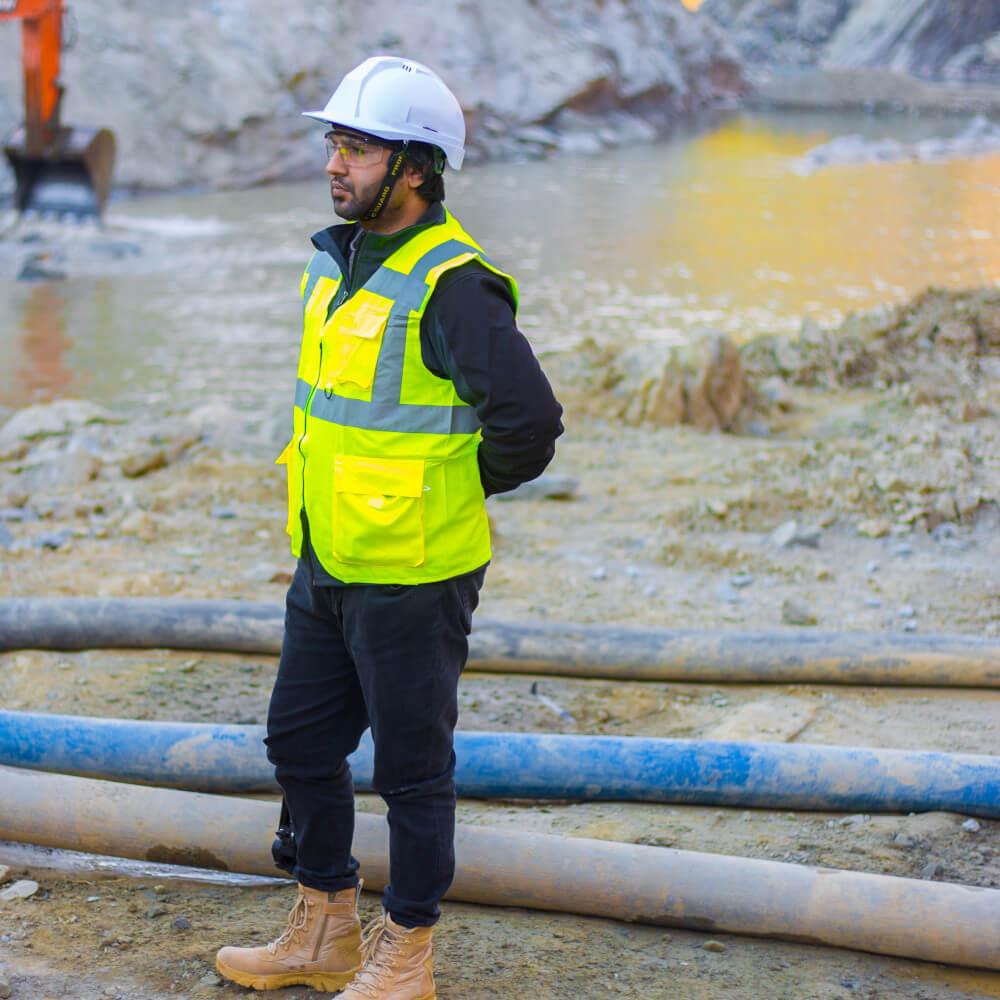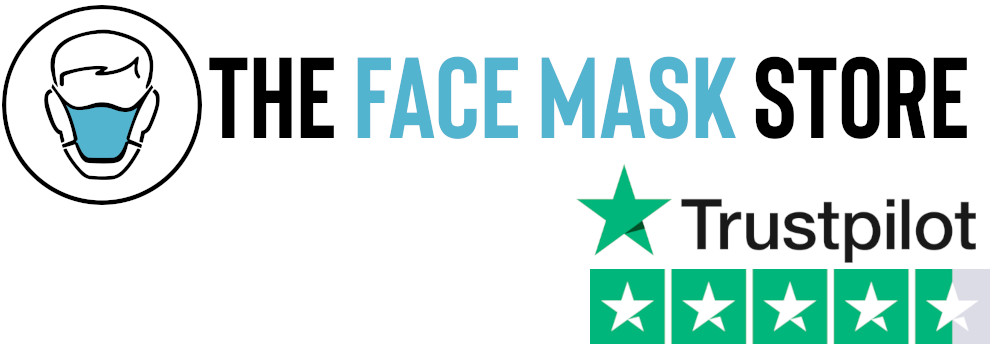PPE: What is it? When should we wear it? & Why?
Posted by Sam Tucker on 9th Mar 2023

(Photo Credit: Photo by Jimmy Nilsson Masth on Unsplash)
While working in an environment that might be harmful to your health, personal protection equipment is a type of safety gear that is intended to keep you safe. This includes standard gear like gloves and goggles as well as more sophisticated ones like respirators and face shields.
PPE is crucial since it ensures that any harm caused by mistakes is kept to a minimum and protects you from injuries that may occur if something goes wrong while you're working. Using PPE will assist ensure that chemicals do not harm your body permanently, for instance, if a co-worker accidently spills chemicals on your clothing or skin.
Different types of PPE:

(Photo Credit: Photo by Jimmy Nilsson Masth on Unsplash)
There are five main varieties, each with specific applications and purposes.
The most typical kind is the “general type” - This includes any protective gear, such as safety boots or gloves, that you might require when working in a setting that could be dangerous.
SPECIALISED PROTECTION - This is intended for particular jobs. Protective clothing utilised in a welding shop or chemical factory, for instance, would differ from that being worn in an office setting.
RESPIRATORY PROTECTION– Is intended to shield your lungs from airborne contaminants like fumes or chemicals.
EYE PROTECTION - This generally refers to the sort of equipment used for employees who are exposed to flying particles or dust.
HAND PROTECTION - Is a term used to describe the category worn by employees who are exposed to chemicals, heat, or cold and need extra layers of protection for there hands/ arms.
When you should wear PPE:

(Photo Credit: Photo by Ahsanization on Unsplash)
Although there are several circumstances in which we could need to use PPE, some of them call for it more than others. These circumstances consist of:
Use of chemicals or other materials that might irritate skin or burn (such as acids and bases)
Using equipment that moves and might prick or crush your limbs (such as when using a lawnmower)
Using potentially harmful gear or sharp items while working (such as when using a hammer)
Working in extremely hot or cold climates (such as when the weather is very hot or cold)
Why we should wear PPE:

(Photo Credit: Photo by Ümit Yıldırım on Unsplash)
PPE is crucial for several reasons. Your task will be safer and more convenient, and it can also assist avoid clothing damage while protecting you from harm or sickness.
Many occupations, particularly those that use hazardous products or equipment, are also compelled to use it by law. It's crucial to keep in mind that while PPE can assist shield you from harm or sickness, it is not infallible. To avoid causing more damage, it is imperative that you utilise protective gear and clothes with caution. Also, every employer is required to see to it that workers who could be at danger for harm to their health or safety are given the proper personal protective equipment.
Our advice:
Personal protective equipment is a necessary part of any job, and it's important to have the right gear for the job you're doing. That said, no one wants to be weighed down by bulky or uncomfortable PPE. The best way to make sure you're wearing the right gear is to get a proper fitting.
1. Right Style?
The first step in choosing the right style of equipment is understanding what kind of protection they provide. Different materials will offer different levels, so if you want maximum protection, you'll want to go with the highest level possible, this will be stated on packaging.
2. Is it Comfortable?
The second step is understanding how much room there is inside the garment or mask itself. If it's not comfortable enough, you won't wear it, which defeats the point entirely! Make sure your PPE is comfortable enough so that you'll wear them and use them when needed.
3. Level
of Protection?
The third step is determining how much protection you need. If it's just a tool that protects against basic scraps and light knocks when moving things around your garden, like the Showa 451 glove, then you generally don't need to worry about the fit or comfort level as much. However, if you're looking for something that will protect against hazardous materials like asbestos or lead paint chips, which can be dangerous if inhaled. Then it's very important to find something that fits well, is comfortable and will be provide adequate protective.
4. When to Replace?
The fourth step is to figure out how often you need to replace them. If you only use your respirator for occasional DIY projects, then you may be able to get away with using it for several years at a time. However, if your job requires frequent use of these types of masks, then it's important that you replace them regularly. Always consult the manufacturers guidelines in respect when you need to replace your PPE equipment, the above is guidance and not a guarantee.
Wearing protective clothing is always the best advice, follow your local guidelines and stay safe.



